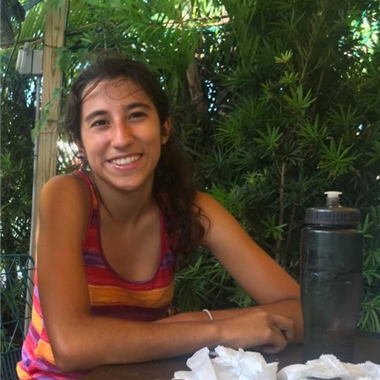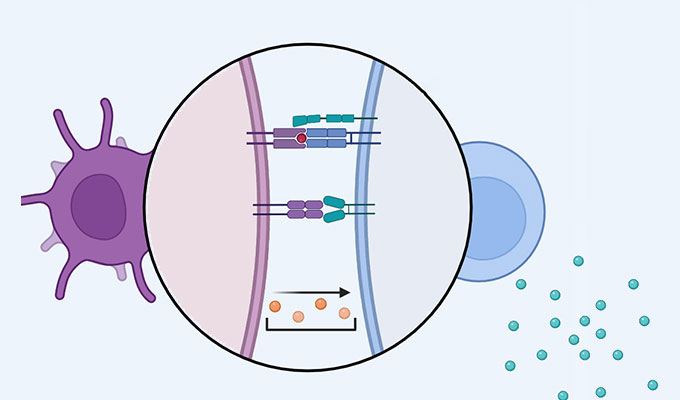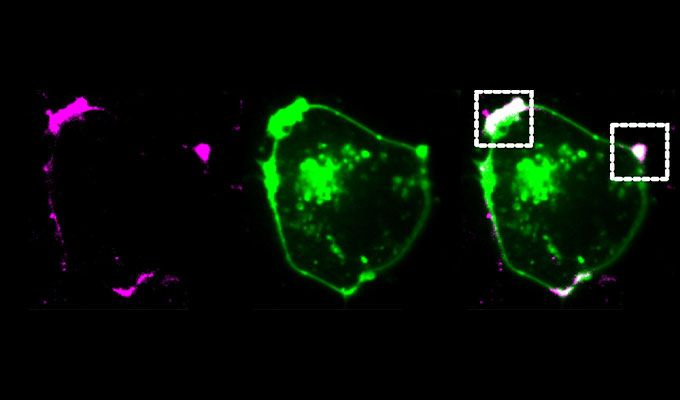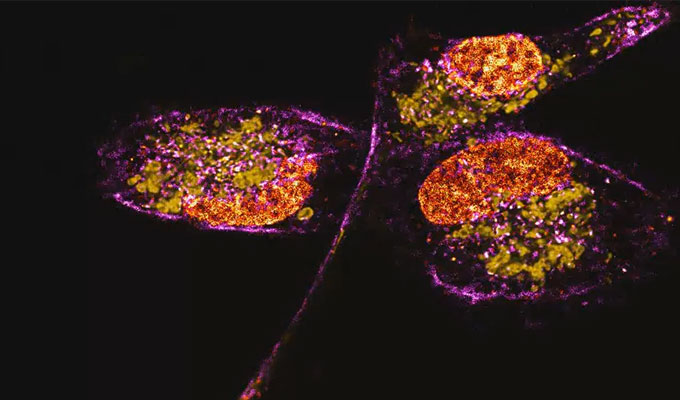Abstract
RNA polymerase II (RNAPII) transcribes DNA into mRNA and several non-coding RNAs, and thus plays a critical role in cellular protein production. In addition, RNAPII plays a central role in DNA damage responses. Measurements of RNAPII on chromatin may thus give insight into several essential processes in eukaryotic cells. During the transcription cycle, the C-terminal domain (CTD) of RNAPII becomes extensively post-transcriptionally modified, and phosphorylation on serine 5 and serine 2 can be used as markers for the promoter proximal and productively elongating RNAPII respectively. Here, we provide a detailed protocol for the detection of chromatin bound RNAPII and its serine 5 and serine 2 phosphorylated forms in individual human cells through the cell cycle. We have recently shown that this method can be used to study the effects of UV on RNAPII chromatin occupancy and even the transcription cycle itself. Our method overcomes known hurdles to interpretation of data, such as the need to synchronize to study cell cycle effects. Moreover, we envision that this rapid and sensitive method can be more widely used as a complementary approach to sequencing based methods to study effects of different stimuli and inhibitors on RNAPII mediated transcription.
Speaker

Helga Bjarnason Landsverk, Ph.D.
Senior Scientist, Institute for Cancer Research, Norwegian Radium Hospital, Oslo University Hospital
Helga Landsverk is a senior scientist whose main interest lies in the crosstalk between the transcription machinery and the DNA damage response. Th...
View more
Moderator

Antoine de Morrée, Ph.D.
Tenure-track Assistant Professor, University of Aarhus
Antoine de Morrée, PhD is a tenure-track Assistant Professor at the department of Biomedicine, Aarhus University, where his View more
Live Chat
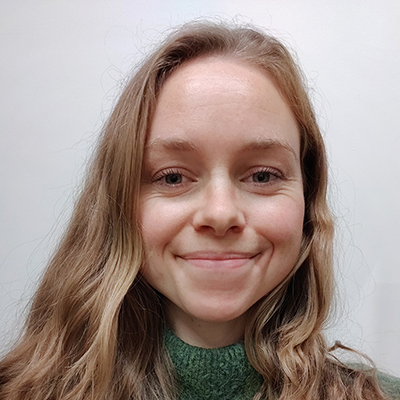
Lilli Theres Eilertsen Bay, M.Sc.
Ph.D student, The Norwegian Radium Hospital
Lilli Theres Eilertsen Bay holds a master’s degree in Biotechnology from NTNU in Trondheim, Norway, and she is currently a PhD student in the group...
View more
Keywords
RNA polymerase II, Flow cytometry, Transcription
References
Bay LTE, Syljuåsen RG, Landsverk HB (2022) A novel, rapid and sensitive flow cytometry method reveals degradation of promoter proximal paused RNAPII in the presence and absence of UV. Nucleic acids research
Landsverk HB, Mora-Bermudez F, Landsverk OJ, Hasvold G, Naderi S, Bakke O, Ellenberg J, Collas P, Syljuasen RG, Kuntziger T (2010) The protein phosphatase 1 regulator PNUTS is a new component of the DNA damage response. EMBO reports 11: 868-75
Landsverk HB, Sandquist LE, Bay LTE, Steurer B, Campsteijn C, Landsverk OJB, Marteijn JA, Petermann E, Trinkle-Mulcahy L, Syljuåsen RG (2020) WDR82/PNUTS-PP1 Prevents Transcription-Replication Conflicts by Promoting RNA Polymerase II Degradation on Chromatin. Cell reports 33: 108469
Landsverk HB, Sandquist LE, Sridhara SC, Rodland GE, Sabino JC, de Almeida SF, Grallert B, TrinkleMulcahy L, Syljuasen RG (2019) Regulation of ATR activity via the RNA polymerase II associated factors CDC73 and PNUTS-PP1. Nucleic acids research 47: 1797-1813
Do you have a question about this webinar?
Post your question, and we'll invite the webinar speaker to respond. You're welcome to join the discussion by answering or commenting on questions ( Note: Not all questions, especially those not directly relevant to the webinar topic, may be answered by the speaker. ).
Tips for asking effective questions
+ Description
Write a detailed description. Include all information that will help others answer your question.
20 Q&A
What is the most promising application can be used in this method?
Is it possible to distinguish by this technique the RNAPII elongation rate over gene bodies?
No questions yet.Just very curious how this technique can be applied to transcription factors in freshly isolated primary cells.?
